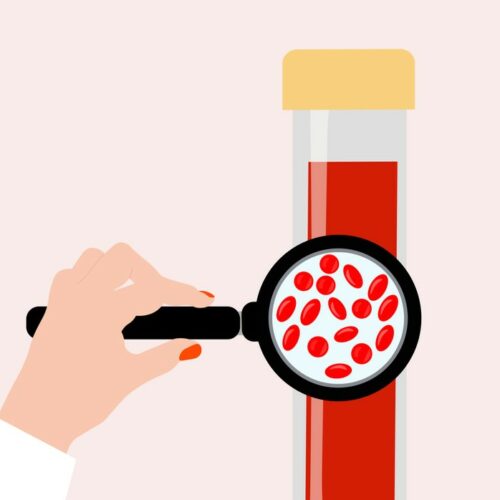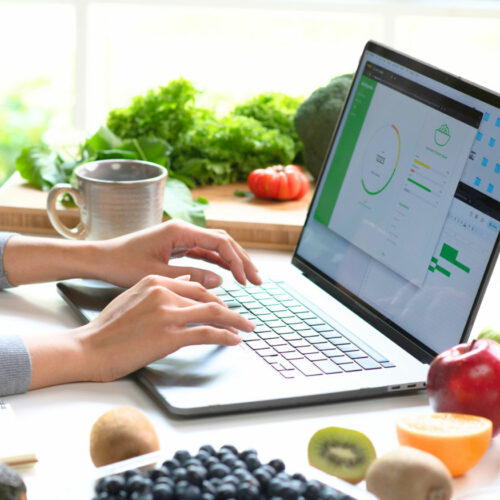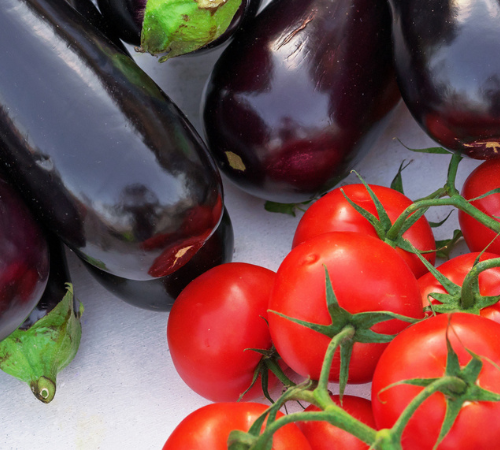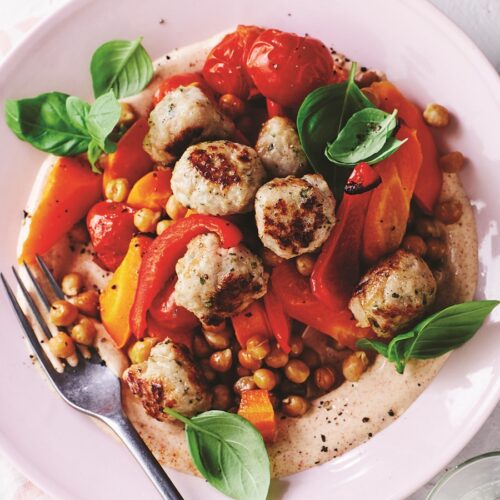
Healthy Food Guide editor Jenny de Montalk investigates safe food handling advice during the coronavirus pandemic.
Q I have been washing my fruit and vegetables since going into lockdown, to minimise the chance of any coronavirus droplets making it into my house. But if I’m cooking vegetables, such as broccoli or cauliflower, do I need to wash them first? Also, if I peel the outer layer of my fruit or veg, do I need to wash that? And if I do wash my fruit and vegetables, will using apple cider vinegar help?
A According to the Ministry of Primary Industries (MPI), the likelihood of COVID-19 being transmitted through food is small and there is no evidence, so far, of this happening.
“Coronaviruses are most commonly passed between animals and people and from person-to-person contact,” the MPI says.
It is possible, however, for the virus to be introduced to a food surface if someone coughs or sneezes on the food or touches it with an unwashed hand.
But this can be mitigated through proper hand hygiene, food safety practices and good cough and sneeze etiquette, the MPI says.
Does cooking food kill coronavirus?
If you are still nervous, the cooking process should take care of any potential traces of the virus left after washing produce.
MPI says cooking at 60°C for 30 minutes is a high enough temperature to kill the SARS virus, which is very similar to COVID-19. Boiling, steaming and roasting require higher temperatures than that, but boiling or steaming for 30 minutes would ruin your broccoli or cauliflower, so wash well beforehand instead. Roasting can provide the sustained heat for the 30 or more minutes needed to kill coronaviruses.
Peeling fruit and veges
Peeling the outer layer of fruit and veges, such as bananas and cabbages, before eating can also help, but make sure you dispose of the peels and wash your hands after removing them. You will need to wash potatoes and carrots, etc, after peeling with a peeler, so you might as well just leave the skins on, for their extra nutrition, and scrub them well, instead.
Washing produce in vinegar to prevent coronavirus
There is some evidence washing vegetables in vinegar may reduce bacterial contamination, but COVID-19 is a virus, not bacteria. Washing produce in vinegar can leave behind a vinegary taste and costs more than washing in water only.
Official advice on washing fruit and veg remains the same as it was before the pandemic: wash them well with water and scrub rough-textured veges, such as potatoes and carrots, with a brush.
If you want to be extra cautious use a little soap, but make sure it’s non-toxic and rinse it very well before drying with a disposable paper towel.
The bottom line: There is no evidence, so far, of people contracting COVID-19 through food. But virus droplets can end up on food surfaces if proper hand and cough hygiene and food handling practices aren’t followed. Cooking vegetables is likely to kill COVID-19.
Ways to handle food safely
Always wash hands:
• before starting in the kitchen
• before handling cooked or ready-to-eat food
• after handling or preparing raw food
• after handling waste
• after cleaning
• after using the toilet
• after blowing your nose, sneezing or coughing
• after eating, drinking, or smoking
Remember to:
• store raw and ready-to-eat foods separately
• use a different chopping board for raw food and ready-to-eat food, or wash it thoroughly in between preparing different types of food
• clean knives and other utensils thoroughly after using them with raw food
• not share eating and drinking utensils with someone in your household who is sick. And wash their assigned utensils before putting them in the dishwasher.
Article sources and references
- How to wash fruit and vegetables. National Health Servicehttps://www.nhs.uk/live-well/eat-well/how-to-wash-fruit-and-vegetables/
- COVID-19 and food safety. Ministry of Primary Industrieshttps://www.mpi.govt.nz/protection-and-response/responding/alerts/coronavirus/coronavirus-and-food-safety/
- Guide to Washing Fresh Produce. Colorado State Universityhttps://extension.colostate.edu/docs/pubs/foodnut/09380.pdf
www.healthyfood.com










